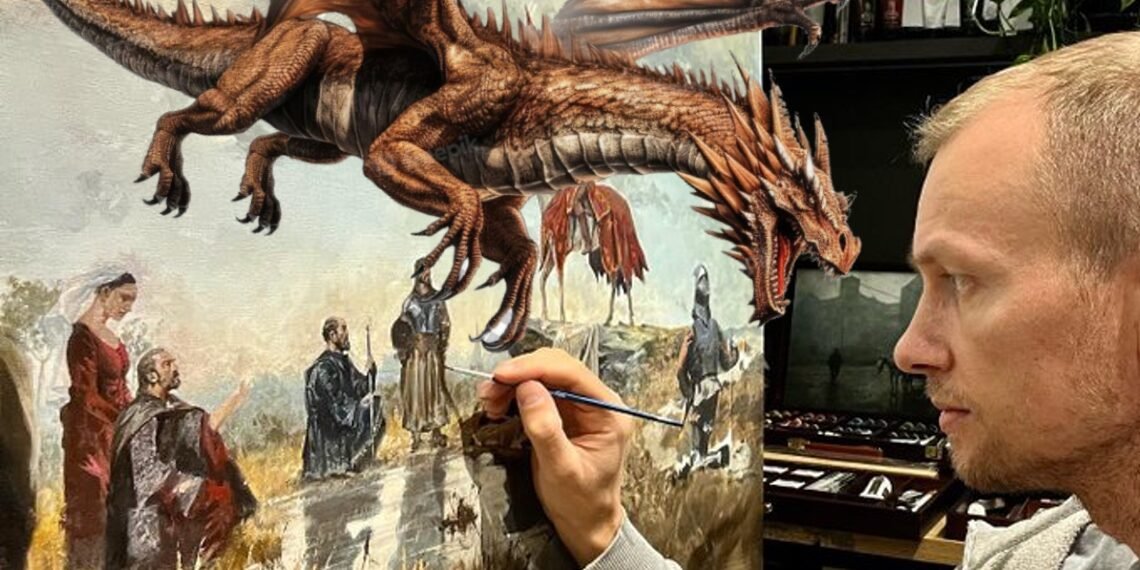Grzegorz Rutkowski’s distinctive fantasy and dreamlike artistic style has attracted a significant following. Despite being a favorite among AI artists seeking to mimic desirable artistic styles, Rutkowski has vehemently distanced himself from any association with AI technology. In response to his keen opposition, Stability AI decided to remove Rutkowski’s artistic data from their latest version, Stable Diffusion 2.0.
This change created discontent among Stable Diffusion 2.0 users, and led to the emergence of LoRa (Low Rank Adaption), a model extender specifically designed to mimic artistic features and styles. With Rutkowski’s unique style absent in Stable Diffusion 2.0, the AI art community set out to fill the void by developing and freely distributing a LoRa, containing Rutkowski artistic data.
The decision to create a LoRa imitating Rutkowski’s style sparked a heated controversy within the art community. Some argued that it was ethically questionable to do so without the artist’s consent. However, others defended this action by highlighting that Rutkowski’s art had already been circulating, albeit without his formal approval, for several years in Stable Diffusion v1.5.
In the ever-evolving world of AI and art, the distinction between innovation and infringement is increasingly blurred. This is particularly evident when terms like “styles,” “decentralization,” and “open-source” enter the conversation. Rutkowski’s style continues to exert a profound influence as AI artists pursue their quest to freely imitate traditional, digital and AI-generated artists.
The ainewsarticles.com article you just read is a brief synopsis; the original article can be found here: Read the Full Article…





